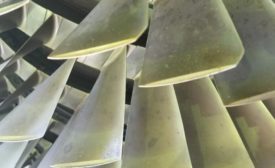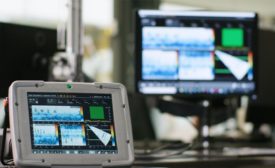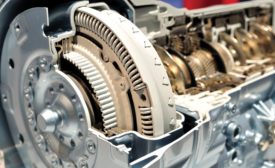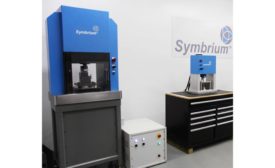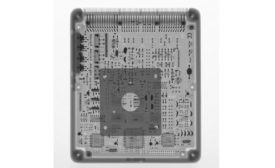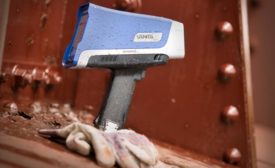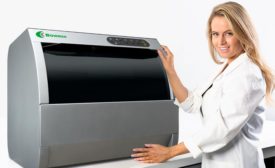NDT
Do everything you can to ensure that you keep your competence active, engaged, and evolving.
Read More
Easing the Inspection Task
Recent developments in various NDE modalities are making inspection more accurate and faster while providing data that is easier to interpret.
June 10, 2020
Fast, Nondestructive Quality Control of Industrial Electroless Nickel Coatings
XRF instruments have been employed widely for many years to determine elemental composition and coating thickness.
June 10, 2020
Is Your Sealed Device Leak Testing Method All Wet?
Testing with air or gas offers a more reliable and nondestructive alternative.
June 9, 2020
Trends in NDT Lab Services
As NDT services evolve, the field is growing rapidly and needs qualified staff.
June 9, 2020
Evolving Quality Processes Propel Growth
All inspectors are initially trained in first article inspection and then on assembly, sheet metal, and CMM inspection.
April 8, 2020
Multi-Axis Motion Controller Accelerates Gear Testing
The testing can be used in a pre-production environment as companies evaluate changes in materials designed to improve the characteristics of end products.
April 8, 2020
Nondestructive Inspection of Automotive Computers
As with the testing and evaluation of raw materials, controlling the quality of electronic devices is essential
April 8, 2020
X-Ray Fluorescence (XRF) Frequently Asked Questions
You can point an XRF analyzer at almost anything and get a result.
April 8, 2020
Stay in the know with Quality’s comprehensive coverage of
the manufacturing and metrology industries.
eNewsletter | Website | eMagazine
JOIN TODAY!Copyright ©2024. All Rights Reserved BNP Media.
Design, CMS, Hosting & Web Development :: ePublishing
